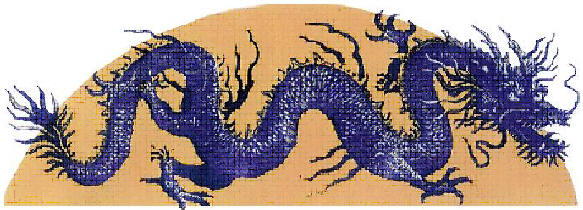Taekwondo
The Korean people have long had to fight to protect their independence from the Chinese, the Mongols, and the Japanese, since they first established their state in 2332 B.C. They developed an art of self-defense, with the earliest known name being Soo Bak, meaning "Punching and Butting." This later evolved into Tae Kyon.
In 1909, Japan conquered Korea and began an occupation that lasted until the end of World War II. During the occupation, the Japanese strictly banned all forms of martial arts practice by the Koreans. Practitioners of Tae Kyon taught in secret to keep the art alive. After the Japanese occupation ended in 1945, exiled Koreans returned with other forms of martial arts they had studied elsewhere. Some of these were combined with the ancient art of Tae Kyon. In 1955, the name Taekwondo was given to the martial art that emerged: "Tae" for a kick or strike with the foot, "Kwon" for a punch or strike with the fist and "Do" for the "way of" or "The way of striking with the hand and foot."
Taekwondo is traditionally an art of self-defense, to be used to promote the health of the body and the mind. In keeping with the origin of the art, discipline and respect play a large part in the training.
In 1909, Japan conquered Korea and began an occupation that lasted until the end of World War II. During the occupation, the Japanese strictly banned all forms of martial arts practice by the Koreans. Practitioners of Tae Kyon taught in secret to keep the art alive. After the Japanese occupation ended in 1945, exiled Koreans returned with other forms of martial arts they had studied elsewhere. Some of these were combined with the ancient art of Tae Kyon. In 1955, the name Taekwondo was given to the martial art that emerged: "Tae" for a kick or strike with the foot, "Kwon" for a punch or strike with the fist and "Do" for the "way of" or "The way of striking with the hand and foot."
Taekwondo is traditionally an art of self-defense, to be used to promote the health of the body and the mind. In keeping with the origin of the art, discipline and respect play a large part in the training.
